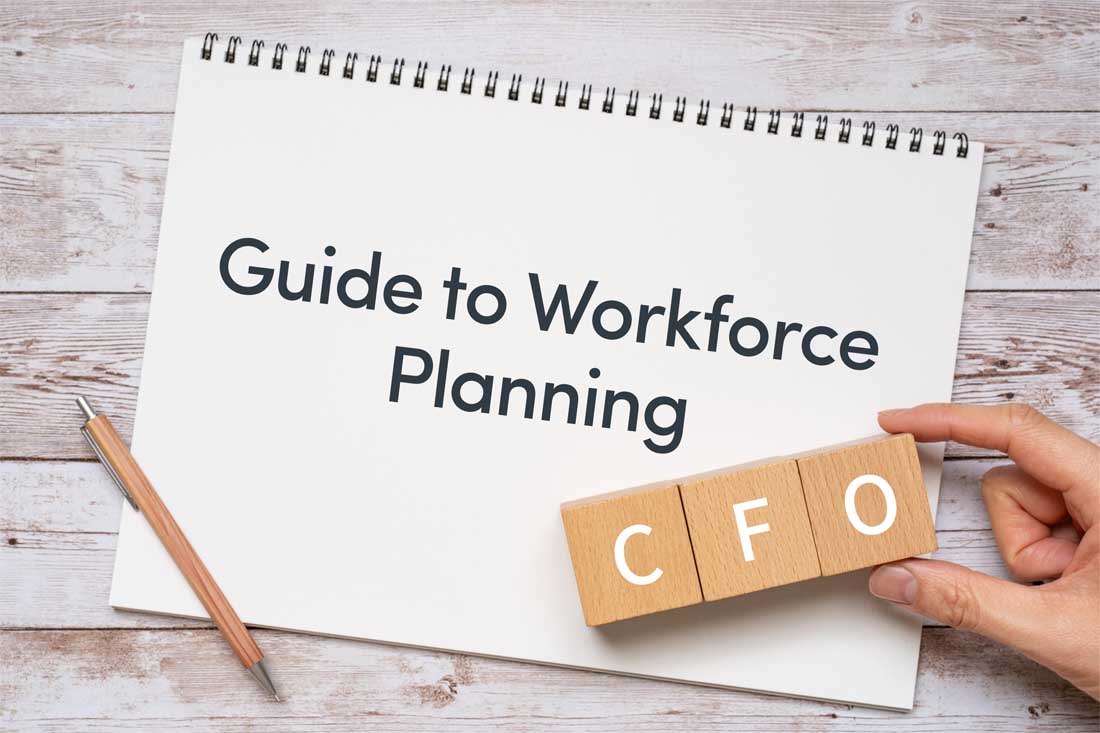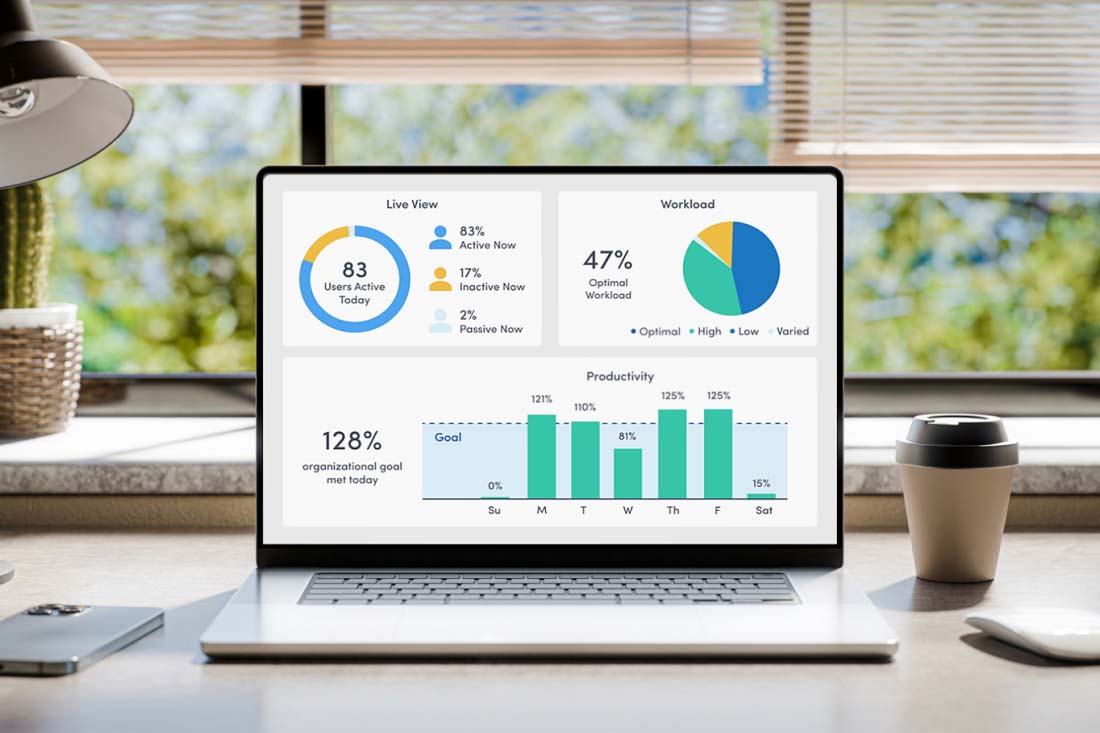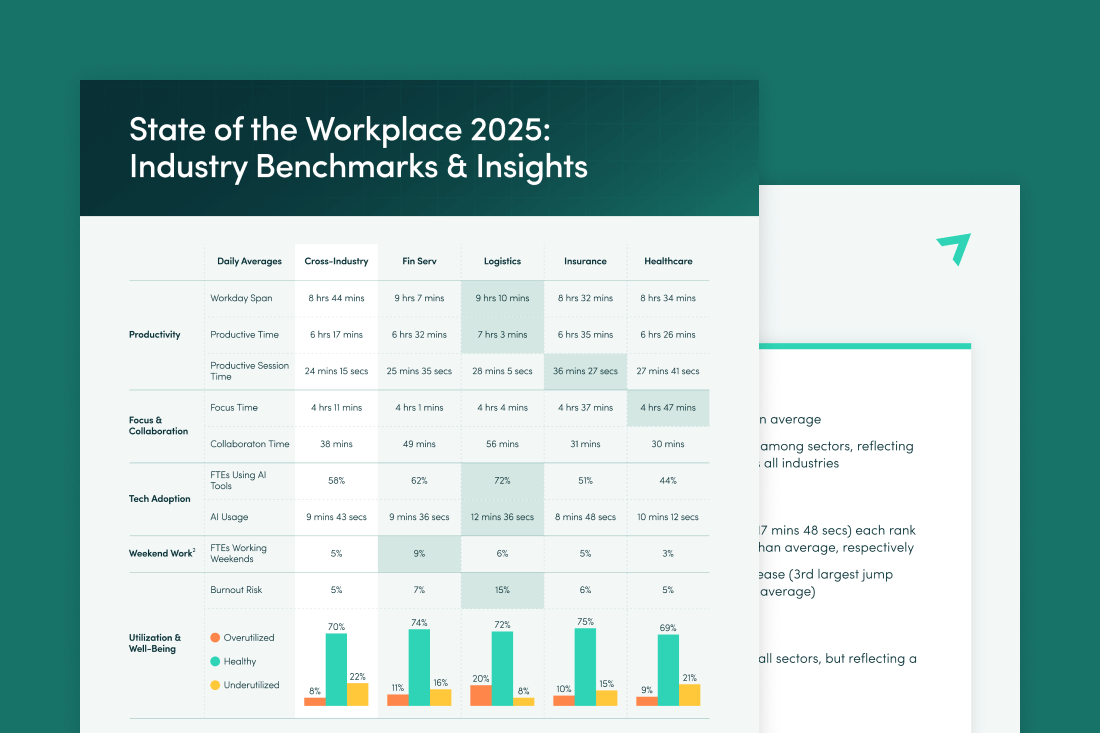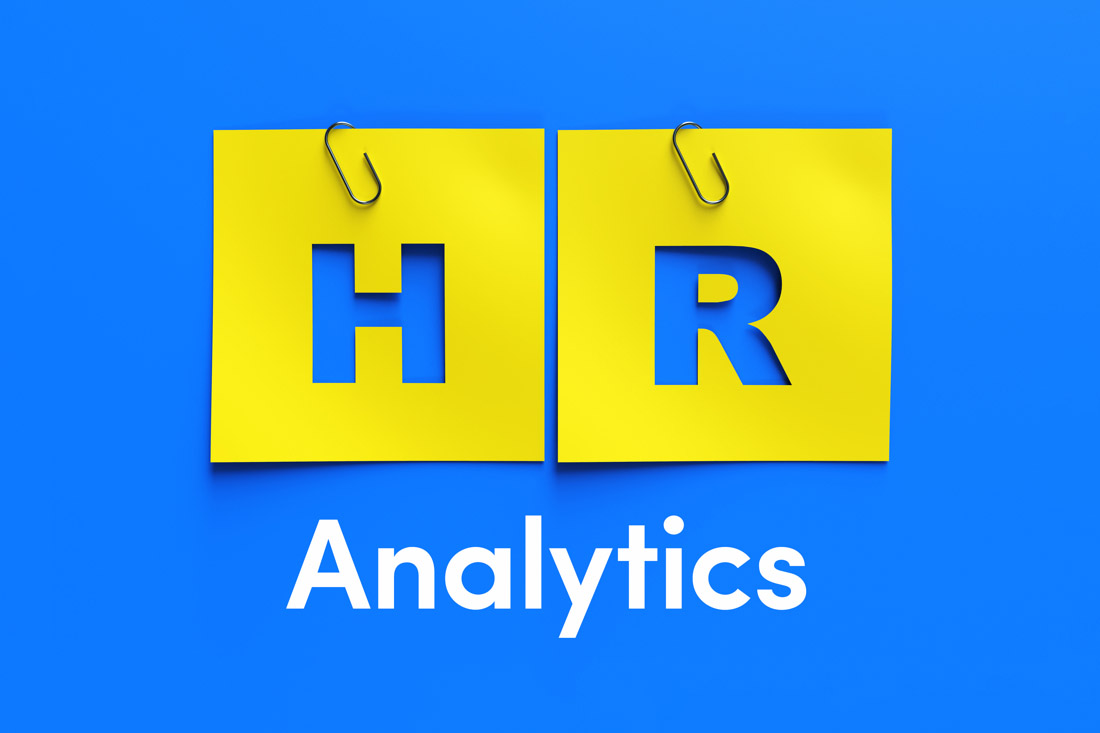Do you find it challenging to navigate the complexities of your dynamic workforce? If so, you’re not alone. Managing workforce complexity is the number one concern among today’s CFOs. In fact, more than 40% say it’s their top pain point — more than budgeting, financial planning or cash flow.
Yet despite these challenges, many financial teams find ways to streamline processes, eliminate inefficiencies and optimize workforce investments.
How do they do it? By embracing workforce planning and analytics. This guide will explain why workforce planning is critical, how to leverage workforce analytics for data-driven decisions and what it takes to maximize the ROI of workforce investments.
Why is strategic workforce planning so important?
Today’s CFOs face challenging obstacles. From investing in the employee experience to reigning in out-of-control tech spending, the expectations placed on financial teams go far beyond standard budgeting and forecasting.
For example, did you know nearly half the SaaS apps organizations pay for go unused? Or that labor-related costs now account for as much as 70% of a typical company’s total operating expense?
Making just one wrong move can result in consequences that are difficult to undo. Approve too many new hires, and you may face problems related to underutilization and a lack of work. But reduce headcount too much, and you run the risk of employee burnout and disengagement.
More than 80% of chief experience officers (CXOs) can’t measure the ROI of workforce investments. With the right workforce planning insights, you can count yourself among the nearly 20% who can.
What does modern workforce planning look like?
Strategic workforce planning is the data-driven process for determining workforce requirements and devising strategies to fulfill and optimize them. It involves analyzing current workforce capacity, predicting future talent needs and proactively managing risk.
Put simply: Workforce planning ensures you have the right number of people with the right skills in the right roles, at all times.
So, how do you know if your workforce planning approach is effective, and where to start? The answer lies in finding the right workforce analytics solution.
6 core components of workforce analytics
Collecting and analyzing accurate workforce information empowers you to make data-driven decisions that benefit the company and employees alike. However, not all workforce analytics solutions are equal. When selecting a solution for your business, look for these six essential capabilities.
1. Impact analysis
Impact analysis shows how organizational changes affect employees so you can plan, prepare and adjust appropriately. Need to understand how a reduction in workforce will impact productivity and technology needs? Conduct a before-and-after analysis. Want to pilot a new initiative? Test the program with a few teams first, before rolling it out more broadly.
This type of workforce analytics also makes it easy to review change management data. Use it to compare employee productivity and engagement levels before, during and after a big transition — whether it’s a change in leadership or complete reorganization.
2. Headcount planning
Proactive headcount planning empowers you to make more informed staffing decisions. This type of workforce analytics helps CFOs identify untapped labor capacity, reveal cost-saving opportunities and simplify the rightsizing processes.
Headcount planning leverages real-time employee activity data to improve labor costs, salary data to quantify expenses and utilization data to guide staffing decisions.
3. Capacity planning
Capacity planning goes hand-in-hand with headcount planning to answer questions such as:
- Where can you afford to not rehire or backfill open positions?
- How will you redistribute work among your existing workforce?
- Who can take on additional work?
- Which teams need additional support?
- How many new hires can you justify that directly impact company growth?
This type of workforce analytics allows you to make decisions based on actual capacity data. This is especially critical in times of economic uncertainty and mass layoffs that may negatively impact productivity and performance.
4. Location insights
Location insights remove the guesswork from return-to-office policies, hybrid work models and office real estate decisions. Instead of building programs based on what you think people need, you’ll see exactly where, when and how your workforce is most productive.
This type of workforce analytics lets you gather information from remote, in-office and hybrid teams to spot trends and track progress against benchmarks. These insights provide valuable information about the specific needs of your workforce, such as which flexible arrangements work best for your people and how much office space you need.
5. Technology license planning
Technology license planning provides the usage data you need to keep software spending in check. An essential component of SaaS spend management, this type of workforce analytics shows which apps your employees use — and which licenses go to waste. It also surfaces apps procured without the knowledge of IT or finance teams.
Tech planning analytics provide full visibility into organization-wide SaaS licensing to show how they impact your bottom line. This information makes it much easier to lower overall technology costs, reduce security risks and ensure each team makes the most of every app.
6. Office space planning
In today’s fast-changing remote and hybrid work environments, maximizing office space is crucial. The last thing you want is to overpay for rarely-used real estate or to squeeze teams into tiny in-person meeting spaces. This is where office space planning comes in.
Office space utilization metrics show how efficiently physical workspaces are used, allowing you to determine the right ratio of square footage to employees. This type of workforce analytics looks at how many employees use your office space — and how often — to reveal whether it’s rarely occupied, over capacity or somewhere in between.
How to leverage workforce analytics for strategic insights
Here are a few examples how CFOs can use workforce analytics to guide important workforce planning decisions.
1. Eliminate inefficiencies with meaningful insights
By analyzing employee productivity patterns and identifying areas of inefficiency, CFOs can optimize resource allocation, ensuring that valuable resources are directed toward the most high-impact projects and initiatives. This proactive approach enables organizations to maximize productivity while minimizing waste, ultimately leading to improved operational efficiency and cost savings.
In addition, workforce insights empower CFOs to identify trends and patterns that may impact long-term strategic objectives. By understanding workforce dynamics such as employee engagement levels, turnover rates and skill gaps, CFOs can proactively address potential challenges and capitalize on opportunities for growth.
Armed with this actionable data, CFOs can align workforce strategies with overall business objectives, driving sustainable growth and competitive advantage in today’s dynamic marketplace.
2. Optimize workforce investments with accurate data
When you know how to invest in employees, productivity goes up, voluntary turnover goes down and employees perform their best. Workforce analytics software provides the insights you need to continually optimize for these results. It’s how many business leaders identify early signs of burnout, distribute workloads fairly and improve workflows — all to ensure your organization runs as efficiently as possible. There are also talent analytics to identify skills gaps and training opportunities, and tech usage metrics to prevent overspending on SaaS licenses.
3. Maximize ROI with proactive workforce planning
Imagine what you could achieve if you understood how current workforce trends influence future financial outcomes. This is precisely what predictive workforce analytics are designed to do.
For example, will your workforce be more productive if you invest in additional office space? Or would it be better to focus on improving your hybrid work policy? With predictive workforce analytics, you can compare past performance based on employee locations to predict what will work best moving forward. Then use these insights to guide office real estate decisions.
This informed decision-making is the key to mitigating risks, increasing efficiency, reducing costs and ultimately driving more business success.
Navigating the evolving landscape of workforce planning
What’s next for the future of workforce planning, and how should you leverage the latest advancements to measure the ROI of your workforce investments?
It all comes down to finding the right solution. With an analytics platform to do the heavy lifting, predicting, planning and fine-tuning is as simple as acting on insights.
Executive dashboards from a workforce planning solution like ActivTrak equip CFOs to accurately measure workforce utilization across labor, software licenses, office real estate and more.
- Impact Analysis shows how organizational change impacts your workforce. It’s the most accurate way to test new technology or programs and assess the impact of big changes.
- Capacity and Headcount Planning reveals untapped labor capacity and makes it easier to right-size teams. Use it to guide reorganizations, inform contractor hiring decisions and assess needs after a reduction in force.
- Location Insights provides real-time activity data on where employees work — and where they work best. Use it to uncover wasted office space, guide return-to-office mandates or hybrid work policies and gauge compliance.
- Technology License Planning allows CFOs to reduce waste and optimize software spending. Use it to identify unused licenses, anticipate future technology needs and accurately predict the total cost of ownership.
Make data-driven workforce planning decisions with ActivTrak
The sooner you embrace workforce planning and analytics, the better positioned you’ll be to weather financial storms with confidence — or prevent them from happening at all.
With ActivTrak, you can get started right away. Our workforce planning platform is designed to unlock visibility into your company’s most valuable assets — your people, technology and workplaces. And we’re introducing new capabilities every day. From Office Space Planning to Technology Investment Planning, you’ll have all the workforce metrics you need to get (and stay) ahead.
To learn how ActivTrak helps CFOs optimize workforce planning and investments, schedule a demo today.





